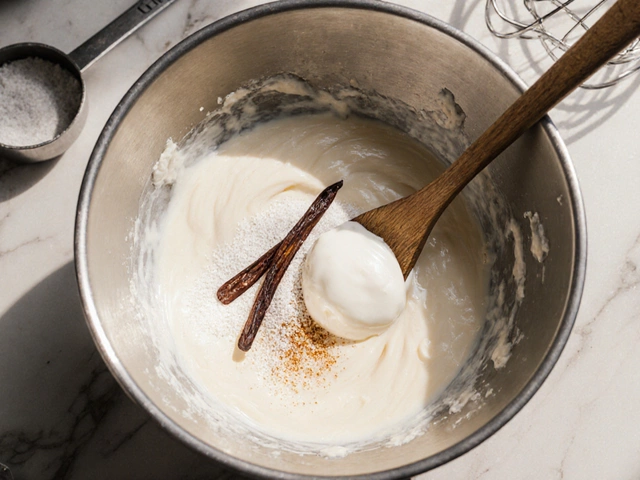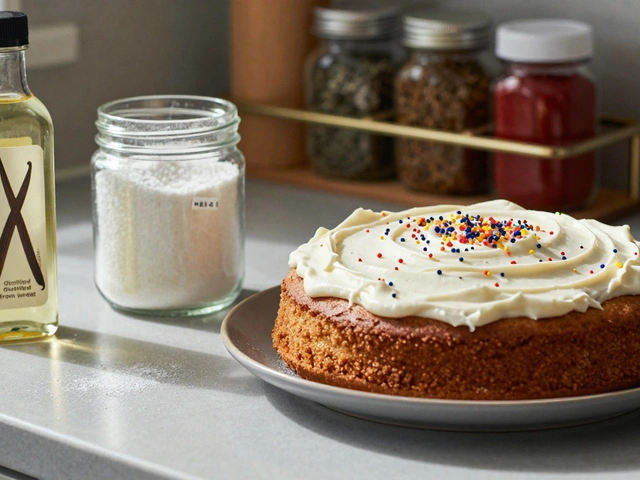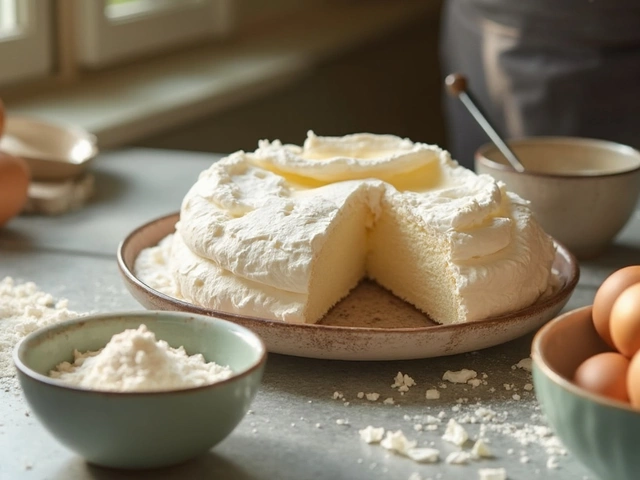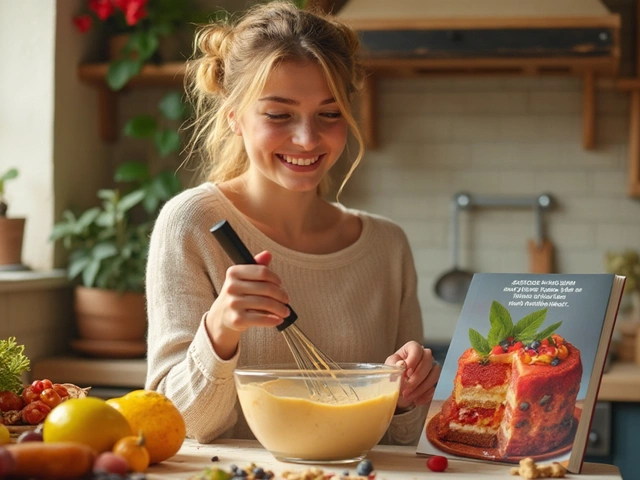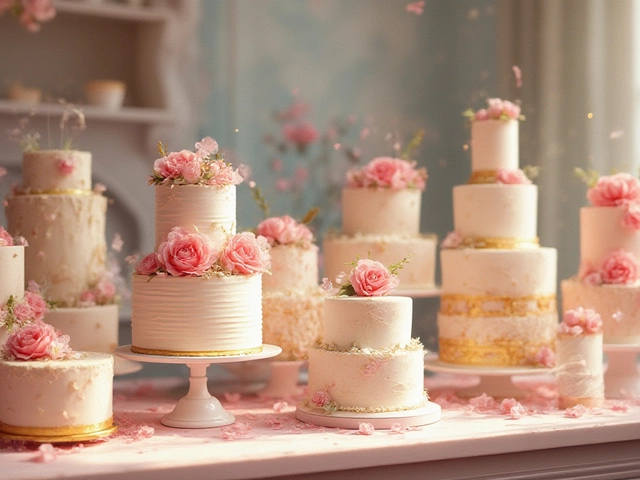Best Butter for Cheesecake: Choose the Right One for a Silky Finish
If you’ve ever wondered why some cheesecakes feel super smooth while others feel a bit grainy, the butter you use might be the hidden factor. Butter isn’t just a flavor booster; it also helps the crust hold together and can influence the mouthfeel of the filling. Below you’ll see why the right butter matters and which varieties work best.
Why butter matters in cheesecake
Most classic cheesecakes use a graham‑cracker crust, and butter binds the crumbs into a sturdy base. A butter with a higher fat content melts evenly, creating a crust that’s crisp on the outside but still soft underneath. In the filling, butter adds richness and can keep the texture from becoming too dense when the batter is over‑mixed.
Salted versus unsalted butter is another decision point. Unsalted butter gives you full control over the final salt level, while a pinch of sea salt with unsalted butter can heighten the sweet flavors. The key is consistency – choose a butter that stays solid when chilled and softens quickly at room temperature.
Top butter picks for cheesecake success
European‑style butter – This butter contains 82‑86% butterfat, more than regular American butter. The extra fat means a richer crust and a smoother filling. It also has a slightly tangy note that pairs nicely with the cream cheese.
Grass‑fed butter – Butter from grass‑fed cows often carries a golden hue and a subtle buttery‑nutty flavor. It melts nicely, giving a buttery crust that isn’t overly greasy. Look for labels that say “grass‑fed” or “pasture‑raised.”
Clarified butter (ghee) – If you need a higher smoke point for a baked crust that won’t brown too fast, ghee is a solid choice. It’s essentially butter without the milk solids, so it’s less likely to burn during a long bake. Use it in place of regular butter when you want a crisp, golden edge.
For most home bakers, a good quality unsalted European‑style butter hits the sweet spot of flavor, texture, and price. Keep the butter in the fridge until you’re ready to mix, then let it soften for 10–15 minutes before combining with the crust crumbs.
When you’re ready to add butter to the filling, melt it gently over low heat and let it cool slightly before folding it in. This prevents the butter from scrambling the cream cheese and keeps the mixture silky.
Remember to taste the crust mixture before pressing it into the pan. If it feels a bit dry, add a small extra spoonful of softened butter. Too much butter can make the crust soggy, so add just enough to bind the crumbs together.
Finally, store any leftover butter in an airtight container in the fridge. It stays fresh for a month, and you can reuse it for the next cheesecake or for other baked goods.
Choosing the right butter doesn’t have to be complicated. Pick a high‑fat, quality butter, keep it chilled until you need it, and melt it gently when mixing. With these simple steps, your next cheesecake will have a perfect crust and a velvety, buttery flavor that keeps everyone coming back for more.
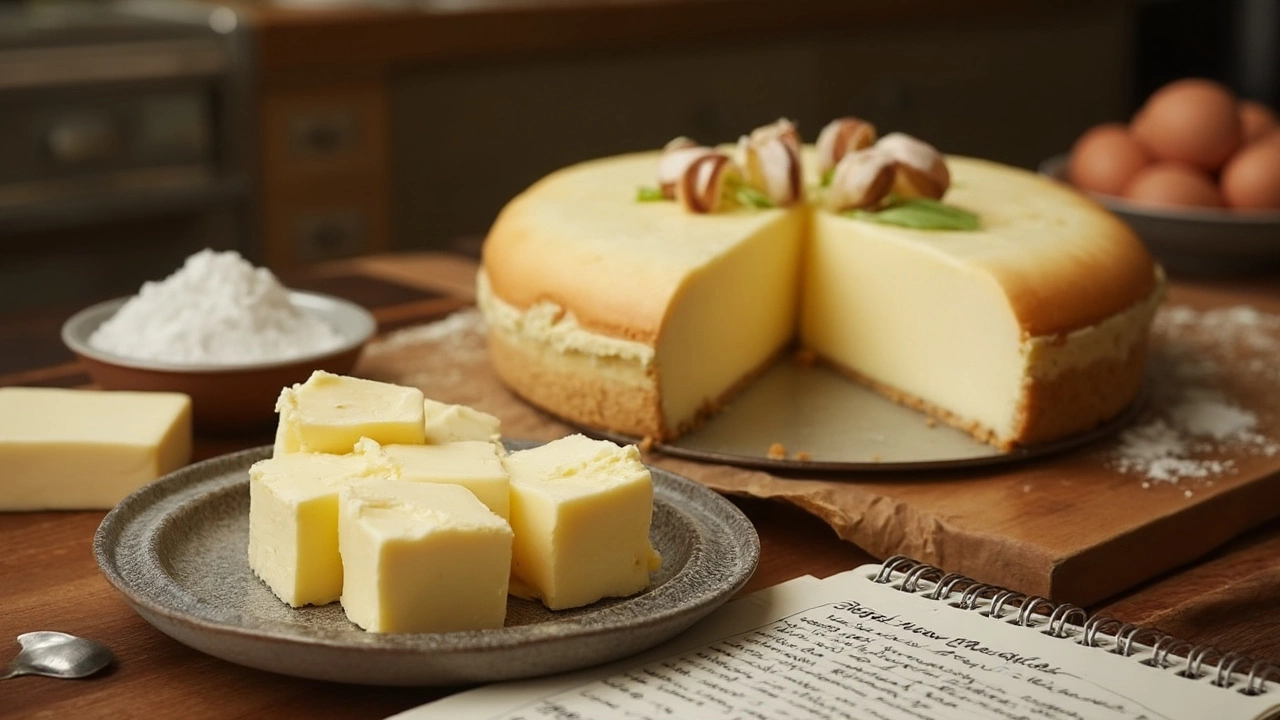
Best Butter for Cheesecake: What You Need to Know
Trying to pick the right butter for cheesecake? The type of butter you use really does affect both flavor and texture. This article breaks down the differences between salted and unsalted butter, explains why quality matters, and covers how butter interacts with other ingredients in a cheesecake. You’ll get tips from pro bakers and learn a few tricks to make your next cheesecake even better. If you want a smoother crust or a richer base, start here.
View More
